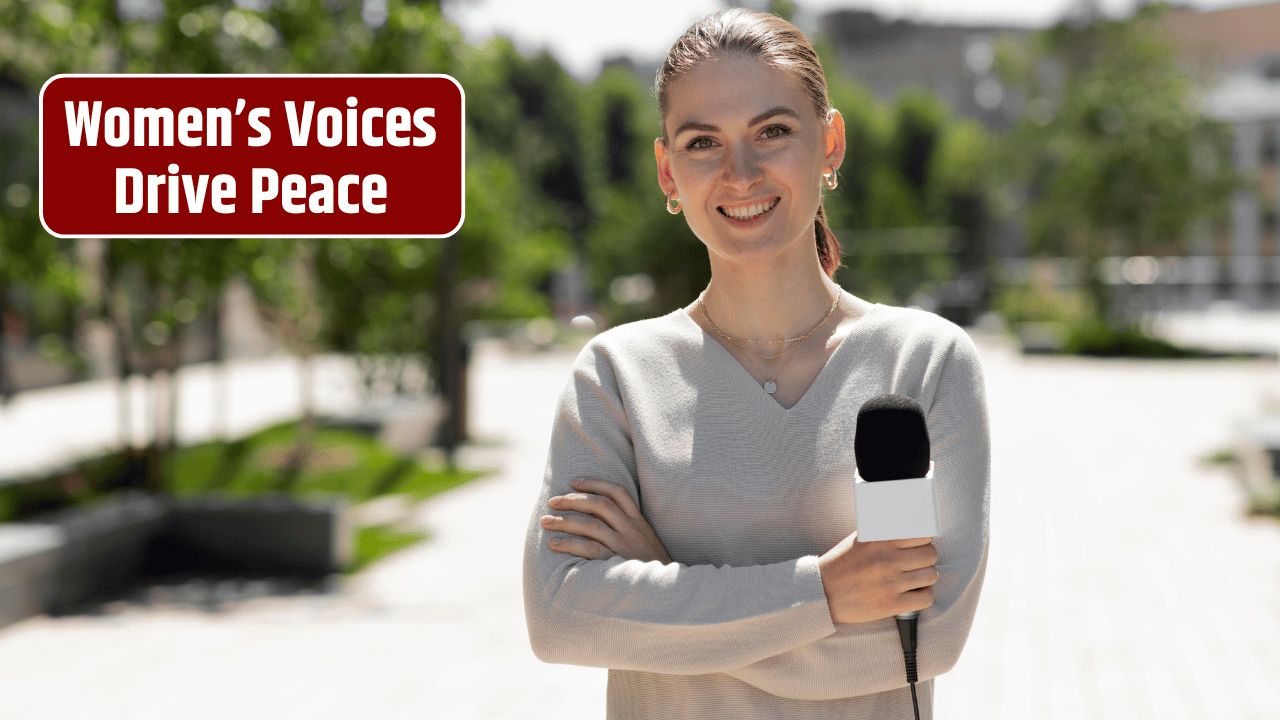For decades, peace talks have looked more like exclusive clubs than inclusive problem-solving sessions. You’d see rows of mostly older men in suits, speaking in guarded tones about ceasefires, territorial lines, and security guarantees. If women were present, they were often in observer roles, not shaping the actual terms of peace. But in the past few years—and especially now in 2025—that’s been changing. And here’s the kicker: when women are truly part of the negotiation, peace deals don’t just sound nicer; they last longer.
Table of Contents
The Evidence Is Overwhelming
This isn’t feel-good rhetoric—it’s backed by years of data. Studies from UN Women and the Council on Foreign Relations have found that peace agreements with women at the table are 35% more likely to hold for at least 15 years. That’s not a small bump; in diplomacy, it’s the difference between a fragile truce and a generational peace.
Why? Women negotiators often push for terms that address root causes—things like education, healthcare, economic inclusion, and reconciliation programs—rather than focusing solely on military power-sharing. These elements help rebuild communities and reduce the likelihood of conflict flaring up again.
| Inclusion Level in Talks | Likelihood Peace Lasts 15+ Years | Common Agenda Additions |
|---|---|---|
| No women present | Low | Security, ceasefire terms |
| Token female presence | Moderate | Some social provisions |
| Equal gender participation | High | Education, healthcare, rights, reconciliation |
Real-World Examples That Changed the Game
Think about Liberia in 2003. The women-led Mass Action for Peace movement not only pressured warring factions to negotiate but actively shaped the terms of the agreement. In Colombia’s 2016 peace deal, women’s groups successfully inserted clauses addressing rural women’s rights and land access—issues that, if ignored, might have reignited tensions.
And in 2024, the Yemen humanitarian framework included female negotiators from local communities, leading to agreements on humanitarian corridors that actually held longer than previous ceasefires. These aren’t symbolic wins—they’re operational game changers.
The Soft Power Advantage
Conflict resolution isn’t just about making enemies shake hands. It’s about creating a framework for cooperation. Women negotiators often use what’s called “relational diplomacy,” building trust not just between leaders but across the broader stakeholder landscape—tribal elders, NGOs, business groups, and displaced communities.
This style tends to bring in more voices from the margins, which can prevent spoilers from derailing the process later. It also reduces the zero-sum mindset that can doom negotiations.
The Roadblocks That Remain
Even with all the evidence, women are still vastly underrepresented in official peace talks. According to the Inter-Parliamentary Union and UN Women’s latest figures, women made up only 23% of peace negotiators globally in 2023. Sometimes, they’re excluded due to cultural norms; other times, it’s the old “lack of experience” excuse, ignoring the fact that many women have decades of grassroots conflict resolution under their belt.
Then there’s the “glass cliff” problem—women are often brought in only when talks are already on the brink of collapse, setting them up for blame if things fail.
Moving From Tokenism to Transformation
Inclusion needs to be structural, not optional. That means embedding gender equality clauses into peace process mandates, ensuring female mediators are on the shortlists for top envoy roles, and funding women’s peace networks at the same level as traditional security operations.
This isn’t just about fairness—it’s strategic. When half the population is excluded, peace is negotiated on half the information and half the lived experience. And in conflict zones, that’s a recipe for relapse.
The claim that women’s participation improves peace durability is widely supported by research, including UN Women’s 2015 report Preventing Conflict, Transforming Justice, Securing the Peace and studies by the International Peace Institute. While some critics argue correlation isn’t causation, the consistency of findings across conflicts and decades makes the case strong.
FAQs
Why are women still excluded from many peace talks?
Institutional biases, cultural norms, and assumptions about “security expertise” keep women out, even when they have relevant experience.
Does women’s inclusion slow negotiations?
Not necessarily. Some studies show it can initially lengthen talks because more issues are discussed, but the resulting agreements are more stable.
Are there legal mandates for including women in peace processes?
Yes, UN Security Council Resolution 1325 calls for women’s full participation in peace and security efforts, though enforcement is inconsistent.
What’s the role of grassroots women’s groups?
They often provide critical local insight and community buy-in, which formal negotiators can miss.
Which countries are leading in women’s inclusion in peace talks?
Norway, Canada, and Rwanda are consistently ranked high for gender-balanced mediation teams.














